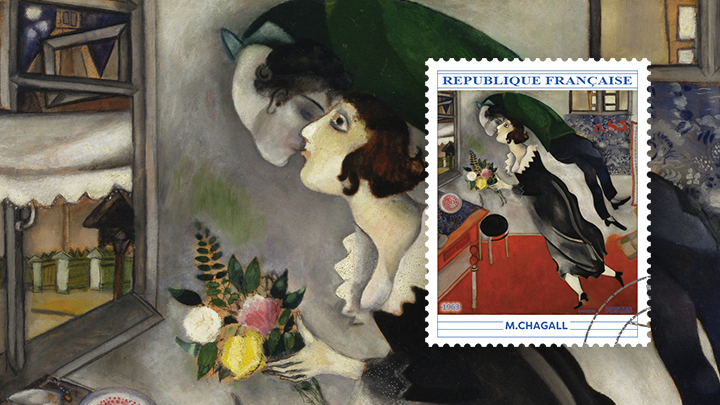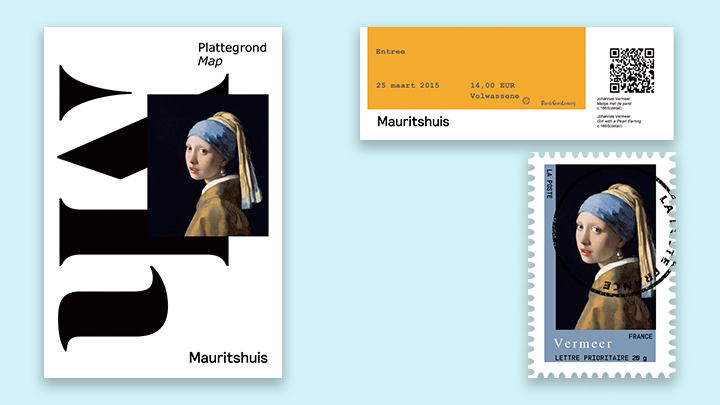The Enigmatic Allure of "Girl with a Pearl Earring"
The Enigmatic Allure of "Girl with a Pearl Earring"
Johannes Vermeer, a master of Dutch Golden Age painting, left an indelible mark on the art world with his mesmerizing piece, "Girl with a Pearl Earring." Created around 1665, this iconic work has captivated viewers for centuries, earning its place as one of the most revered paintings in art history. To truly appreciate this masterpiece, it's essential to delve into the background of the artist, understand his thoughts, examine the unique features that make the painting so remarkable, and explore its cultural impact and value.
Background and Thoughts of Johannes Vermeer
Johannes Vermeer was born in Delft, Netherlands, in 1632. Unlike many of his contemporaries, Vermeer led a relatively quiet life, producing a limited number of works—approximately 34—that nonetheless showcase his extraordinary talent. His father, a silk weaver and art dealer, influenced Vermeer’s early exposure to art, providing him with the means to explore his artistic inclinations. Despite this, Vermeer's life was marked by financial struggles, and his work did not gain widespread recognition until centuries after his death.
Vermeer’s paintings are known for their serene and intimate qualities, often depicting domestic interiors and women engaged in everyday activities. He had a profound ability to capture light and shadow, imbuing his scenes with a lifelike and almost ethereal quality. "Girl with a Pearl Earring" is a testament to Vermeer’s mastery of light and color, as well as his keen observational skills.
The Shining Points of "Girl with a Pearl Earring"
1. The Enigmatic Expression: One of the most compelling aspects of "Girl with a Pearl Earring" is the subject's enigmatic expression. The girl’s wide eyes and slightly parted lips suggest a fleeting moment, as if she has just turned her head in response to someone calling her name. This ambiguity draws viewers in, inviting them to speculate about her thoughts and emotions.
2. The Play of Light and Shadow: Vermeer’s unparalleled skill in manipulating light and shadow is evident in this painting. The soft illumination on the girl’s face creates a stunning contrast with the dark background, enhancing her three-dimensional presence. The light delicately highlights the contours of her face, the glistening pearl earring, and the folds of her turban, creating a sense of depth and realism.
3. The Pearl Earring: The titular pearl earring is the painting's focal point. It gleams with an almost surreal luminosity, symbolizing purity and innocence. The way Vermeer rendered the earring with just a few deft brushstrokes showcases his ability to convey texture and form with minimal detail.
4. The Turban and Attire: The girl's exotic turban, rendered in vibrant blue and yellow, adds an element of mystery and exoticism to the portrait. During Vermeer’s time, such headwear was not typical in Dutch society, leading to speculation about the girl’s identity and background. The use of ultramarine, an expensive pigment made from lapis lazuli, further emphasizes the painting’s richness and the artist’s dedication to his craft.
5. Timeless Appeal: Despite being over 350 years old, "Girl with a Pearl Earring" has a timeless quality that continues to resonate with modern audiences. Its simplicity, combined with the profound sense of mystery and emotion, makes it a universally relatable and endlessly fascinating work of art.
What Did Vermeer Want to Express?
While the precise intentions of Vermeer remain a subject of debate among art historians, "Girl with a Pearl Earring" is often interpreted as a "tronie"—a type of work popular in the Dutch Golden Age that depicts an idealized head or figure rather than a specific individual. Through this painting, Vermeer may have sought to explore the beauty of the ordinary, elevating a simple moment to a level of profound aesthetic and emotional significance. The girl's gaze and subtle smile hint at an intimate, yet inscrutable inner world, inviting viewers to connect with her on a personal level.
Where is the Painting Reserved?
"Girl with a Pearl Earring" is housed in the Mauritshuis museum in The Hague, Netherlands. The museum boasts an impressive collection of Dutch and Flemish art, with Vermeer's masterpiece as one of its crown jewels. The painting draws countless visitors each year, eager to experience its enigmatic charm in person.
Why Do People Love It?
The universal appeal of "Girl with a Pearl Earring" lies in its simplicity and mystery. The painting's intimate scale and the girl's direct gaze create a sense of personal connection with the viewer. Additionally, Vermeer's exceptional technique in capturing light, texture, and expression evokes a timeless beauty that transcends cultural and historical boundaries. The painting's ambiguous narrative allows each viewer to project their own interpretations and emotions onto the subject, making it a deeply personal and engaging work of art.
How Much is It Worth?
While "Girl with a Pearl Earring" has never been sold and remains part of the permanent collection at the Mauritshuis, its cultural and historical significance make it priceless. Experts and art historians can only speculate on its monetary value, but it would undoubtedly be considered one of the most valuable paintings in the world. In today's art market, it could potentially fetch hundreds of millions of dollars, considering its unparalleled status and the high prices achieved by other masterpieces from the same period.
Conclusion
"Girl with a Pearl Earring" is more than just a painting; it is a window into the genius of Johannes Vermeer and the timeless beauty he could capture on canvas. Through his meticulous attention to detail, masterful use of light and shadow, and the enigmatic charm of his subject, Vermeer created a work that transcends time and continues to captivate viewers around the world. As we gaze upon this masterpiece, we are reminded of the power of art to evoke emotion, provoke thought, and connect us to the past in ways that are both profound and deeply personal.





